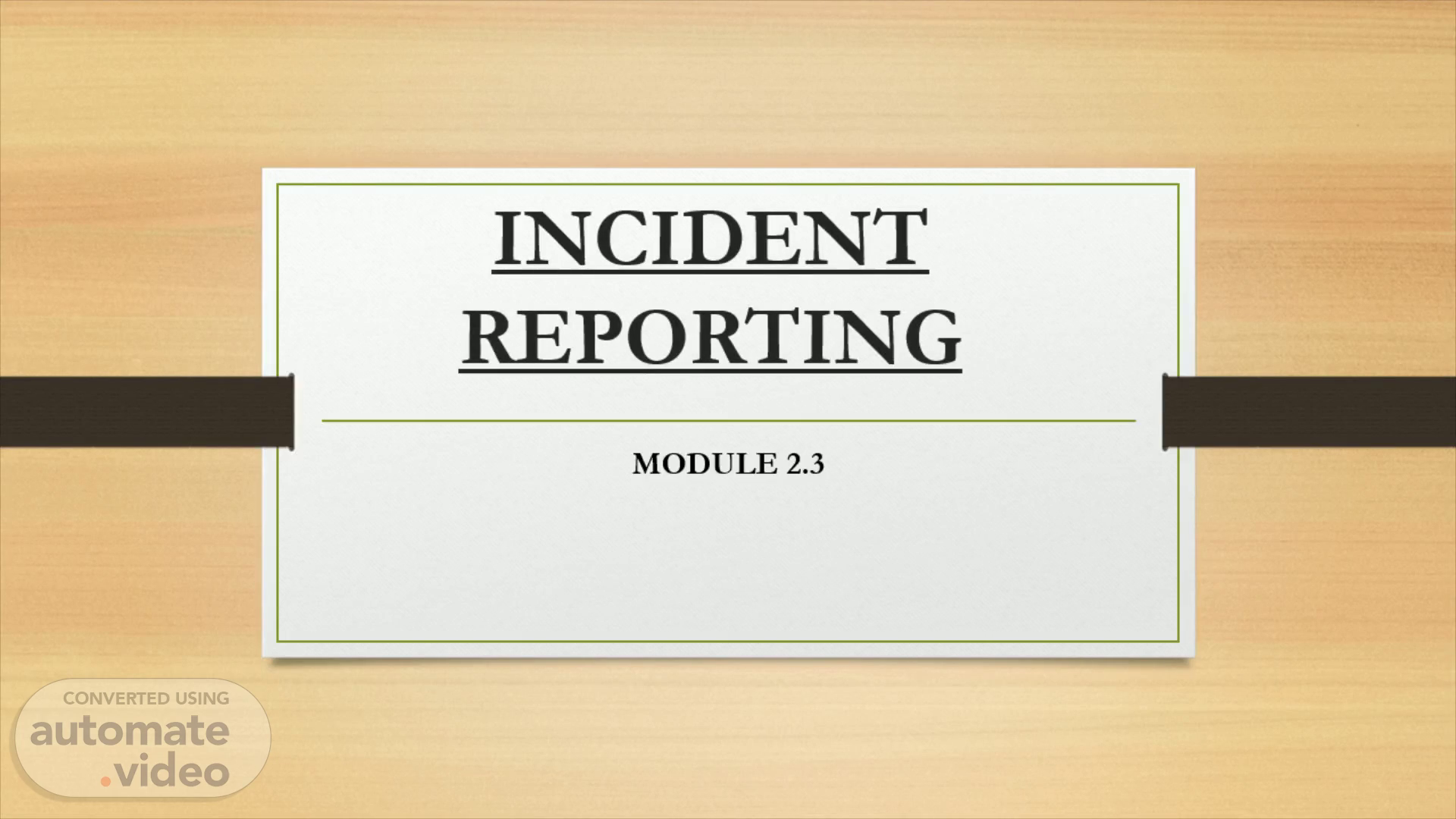Scene 1 (0s)
INCIDENT REPORTING. MODULE 2.3.
Scene 2 (6s)
CARGO RESPONSIBILITIES. -The cargo officers are responsible for the safe and efficient handling and stowage of cargo. -For the correct preparation of cargo spaces and for the correct supervision of its loading. -The officers should liase with other ship staff and key members of shore staff such as foreman, tally clerks, terminal operators and others..
Scene 4 (29s)
TAINTING DAMAGE. -Cargo giving off fumes or odors should never be stowed in the same compartment with fine goods or food stuffs; and the best and cleanest dunnage should be exclusively used in stowage of the latter, as contamination by contact with dirty or oil-saturated, or green and stain-producing dunnage wood is sure to bring blame upon the ship for negligence, sooner or later. -A noted source of 2 taint damage is a leaky fuel-oil tank top just below the cargo. Such cargo as creosote, turpentine, most petroleum products, copra, hides, newly-sawn or creosoted lumber, green fruit, onions, certain chemicals, volatile or essential oils, and molasses should never be placed in the same compartment with delicate or edible goods..
Scene 5 (1m 2s)
-Keep holds and bilges where fine goods are stowed at all times free from odors, here it might be noted that 3 the elimination of obnoxious odors left by such commodities as barreled fish, hides, copra, bones, fertilizers, strong liquid chemicals, or oils of many kinds may be effected by freely sprinkling common slaked lime upon the hold ceiling and in the bilges. -The lime should stand for a few hours before sweeping up the hold; if necessary, repeat the process; if a clean cargo is to be loaded, use plenty of lime and repeat the sweeping up three or four times, being guided, of course, by the time available for such preparation before loading..
Scene 6 (1m 33s)
a mpspeak. i n.
Scene 7 (1m 39s)
BROACHING AND PILFERAGE. -In some general cargo trades, amounts to considerable loss of each year, according to insurance statistics, and its rate per centum of all cargo damage losses is said to be on the increase. To protect valuable goods from this evil, the “special” cargo locker should be built in the ‘tween deck, with its entrance door or doors as near the hatchway as well enable its entrance door or doors as near the hatchway as will enable its means of access to be at all times visible from the deck during loading or discharging. -Confine broachable cargo to as few holds as possible, and avoid stowage of same in remote and badly-lighted corners; if possible, have none of these corners. Constant vigilance, and ship and shore co-operation in every means available to prevent this vicious practice, gives the only general answer here..
Scene 8 (2m 17s)
DAMAGE TO THE CARGO SPACE DURING CARGO OPERATION.
Scene 9 (2m 24s)
DAMAGE BY TEMPERATURE. -Some commodities may be affected by temperature fluctuations (which may cause condensation, or accelerate deterioration) or extremes of temperature which may shorten the "shelf life" of the commodity, or even change its chemical composition..
Scene 11 (2m 43s)
RUST DAMAGE. -Due mainly to moisture, rain, fresh or salt water, and sweat (and the presence of oxygen) rust is a corrosion producing red discoloration and, in certain circumstances, heavy pitting. The moisture causing the rust may be introduced by: leakage, other cargo, packaging, green timber (dunnage), rain (when ashore, or when the hatches are open), or even the ventilation itself..
Scene 13 (3m 9s)
DAMAGE CAUSED BY LIFT TRANSFER. -Lowering heavy slings or drafts of cargo too fast on to cargo already in stowage may be responsible for damage, which often goes undetected until discharge. Similarly, forcefully dragging cargo out that is wedged by other cargo or even over stowed, may be another source of damage at the time of discharge..
Scene 15 (3m 32s)
HIGH LOADING RATE. -High loading rates the terminal must be prepared to stop operations if the officer-in charge of the ship is concerned about deviations from the agreed plan. Risk associated with high loading rates can be assessed by studying the sensitivity of the hull girder to overshooting/overload..
Scene 17 (3m 54s)
ASYMMETRIC CARGO AND BALLAST DISTRIBUTION. -Heavy cargo poured into a cargo space at one end of the hold piles up. The lateral pressure acting on the transverse bulkhead increases, since it will not be cancelled out. Stowing cargo asymmetrically about the centerline causes twisting and warping of the hull girder..
Scene 19 (4m 15s)
DAMAGE BY WEATHER CONDITION. -The Master shall inspect the vessel and cargo during navigation in (if practicable) and just after heavy weather conditions and advise Company if any damage has occurred. Any possible (even if temporary) repairs by ship staff either to the Hull, Fittings or to the Cargo (Containers) must be attempted by ship staff as soon as weather abates. -In heavy weather the ship is subject to heavy strain and stresses. The stresses experienced by the ship are hogging, sagging, pounding and pooping. If it is thought that the ship will meet bad weather, precautionary measures are always to be put into effect.
Scene 21 (4m 49s)
AREAS TO BE CHECKED:.
Scene 22 (4m 55s)
TO CHEKED AND DOUBLE, IF NECESSARY, ALL CARGO LASHING ON DECK.
Scene 23 (5m 4s)
TO BATTEN DOWN ALL HATCHES, MANHOLES AND OTHERS.
Scene 24 (5m 11s)
TO TIGHTEN ALL LIFE-BOAT GRIPES.
Scene 25 (5m 18s)
TO REMOVE ALL VENTILATOR HEADS, PLUG THE ENTRY PORTS, AND FIT COVERS ON THEM;.
Scene 26 (5m 27s)
TO CLEAR ALL LOOSE GEAR FROM THE DECKS;.
Scene 27 (5m 34s)
TO MAKE QUITE SURE THAT ALL THE DERRICKS ARE SECURED.
